Remark: The term OEM (Original Equipment Manufacturer) will be used synonymously in the following for component suppliers, mechanical engineering companies and integrators, as all of them represent the ‘equipment suppliers’ from an operator’s point of view. In practice, many companies have a multiple role/mixed form in the above-mentioned categorization anyway, but this will not be discussed further here, as the focus is on ‘equipment suppliers’ in general.
Software has become an essential component in mechanical and plant engineering. For this reason, ondeso has carried out an OEM pilot project in cooperation with equipment suppliers to find a practicable way to handle IT systems within machines and plants.
In the first part of this article series you will learn more about the current challenges in mechanical engineering:
Part 1: ondeso OEM pilot project: Initial Situation of the Equipment Suppliers
The cornerstone for participation in the ‘OEM pilot project’ was laid in the first quarter of 2019 at a VDMA event in Frankfurt am Main. ondeso CEO Rolf-Dieter Metka gave a speech on ‘Industrial-IT Management for machine and plant manufacturers’ and at the same time started the call to all OEM representatives present to participate in the project.
This call was followed by a longer ‘contact phase’ during which various companies expressed their interest in participating. It was already clear that it was not an easy task to find the right contact persons within the companies, who could provide both the competences and the necessary resources. The necessity of the topic seemed to be clear to everyone involved at all times, but the question of priority, responsibilities and existing capacities was not completely clarified in some places. The initially more than ten interested parties turned into four concrete participants, who agreed to a first – also still non-binding – meeting in Nuremberg, Germany.
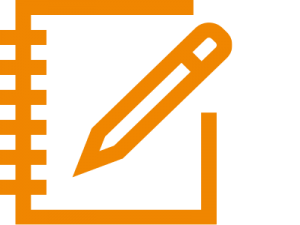
Entry barriers, such as costs and working time, should be reduced to a possible minimum and tangible help should be offered for the tasks that arise in daily working life while dealing with IT systems for production. For this purpose, we provided our product ondeso SR for the period of the pilot project as well as our working time free of charge. The time was used both for planning and implementing the project itself and for supporting the participants during the project. The participants only had to contribute their own working time.
In six months, a solution was worked out together with the participants using a design thinking approach. The aim was to find and test innovative ways of handling IT components for both new and existing systems. In this context, one participant’s essential statement: ‘A solution that ignores brownfield systems is not a solution’. This credo was internalized by all participants.
It was planned to exchange and coordinate in a monthly all-day workshop. These were then partly held on-site at the respective participants’ premises and partly online. Both have certain advantages. At the end of the workshop, the participants also concluded that the on-site meetings had clearly added value, especially for the personal exchange during breaks, for example, as well as the interesting insights into the different procedures, working methods and processes in the companies.
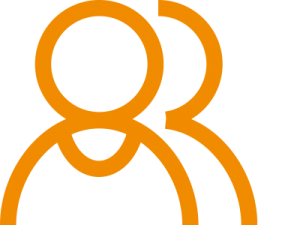
The official starting signal for the project was then given on October 10, 2020 in Nuremberg, Germany. The four remaining interested parties as well as three ondeso representatives met there. In addition to some surveys on topics and areas of interest, the most urgent problems of all interested parties were also discussed in order to gain a first impression of which problems should be tackled together.
Since the first meeting was also still non-binding in order to leave the participants full freedom of decision, the necessary exchange of certain formalities, such as a non-disclosure agreement, followed, so that the respective business secrets of all participants could be preserved and an unhindered exchange of information could take place.
Unfortunately, the participation of two of the four interested parties was cancelled after the first meeting for various internal reasons. Despite a reduced number of participants, the project was continued as planned.

We have described the methodology of design thinking used in a separate blog post:
Solving challenges creatively with the five steps of Design Thinking
Here is a brief overview of the timeline that was set for each phase:
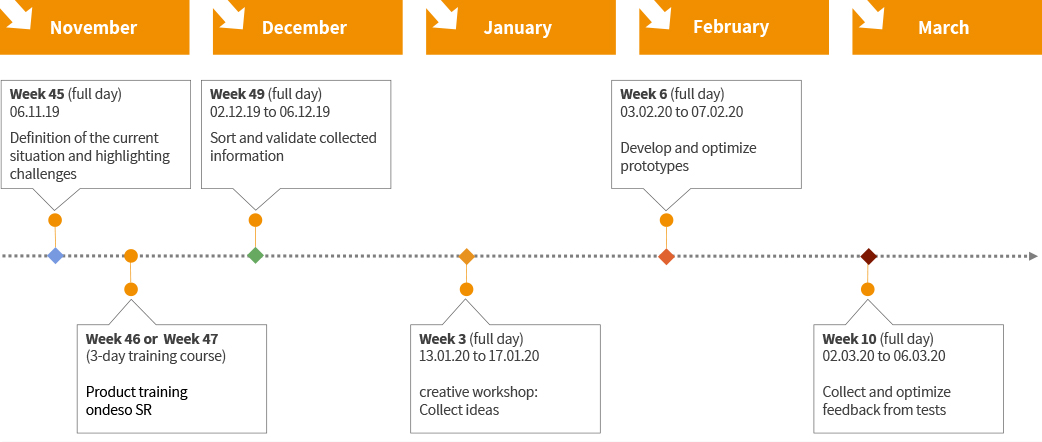
The initially planned training for the product ondeso SR was also shortened and held online for capacity reasons, so that a recording of it could be made available to the participants for later consultation. This was received very positively and allowed to avoid scheduling difficulties.
In the next face-to-face meeting, the entire product life cycle of the IT systems was outlined in order to get a good impression of the current handling. Starting with the engineering phase in which the actual machine / plant is planned, through the interior assembly to the first start-up at the customer during the field assembly and the subsequent support during operation at the customer’s site by the field service.
Subsequently, improvement potentials were identified in the respective steps where either no solution was available, or the current system was to be improved. These identified use cases were then sorted according to implementation difficulty and potentially added value, in order to make it easy to determine the order in which they should be implemented. Thus, it quickly became clear that there should be steps that partly build on each other but which also represent a clear added value on their own for the respective participants.
Surprisingly, the entire life cycle of the systems could be presented seamlessly across all areas with relatively few protagonists. In the following meetings, the identified points were further processed and further developed and implemented on the basis of the Design Thinking phases.
In the third and last part of this article series you will learn more about the use cases and their implementation:
Part 3: ondeso OEM pilot project: Concrete Use Cases and their Implementation
HOMAG
HOMAG is the global partner to the woodworking industry with leading machines and plants, complemented by groundbreaking digital solutions. With its modular design and high degree of automation, our product portfolio guarantees future-proof industrial production. Whether entry-level machines or suitable components to supplement the workshop, we accompany carpenters and joiners into a successful future. High-precision machines and state-of-the-art technologies for woodworking companies of all sizes – software and service included.
Goebel
GOEBEL IMS is the worldwide leading supplier of slitter rewinders for converting paper and board, cigarette papers, packaging and industrial films, aluminium foils, aseptic packaging and other special materials. The product range includes slitter rewinders, winders and inspection machines for the manufacturing and converting process as well as inspection and spindle machines for the finishing process. The development and manufacturing took place at the production sites in Germany and Italy.
ondeso
ondeso develops software specifically in the fields industry 4.0 and digitalisation. No matter whether the client is a production company or a machine manufacturer, a medium sized business or a corporate group – ondeso supports them specifically in the field of IT operating management and security in production. The successfully launched products are suited for all industries and applicable across the entire range of production systems and procedures. Whether management systems, HMIs or controls – ondeso manages the lifecycle of industry PCs and offers custom fitted products on the highest technological and conceptual level – 100% made in Germany.
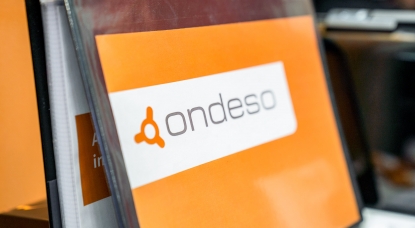
Would you like to learn more? Do not hesitate to contact us, we will be happy to help you.
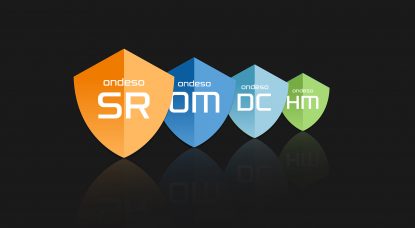
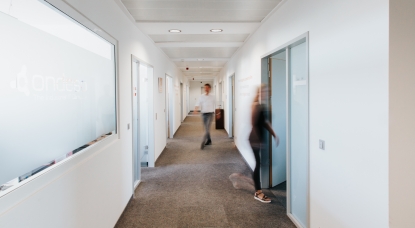
Here you can learn more about our company and our expertise as a pioneer and market leader.